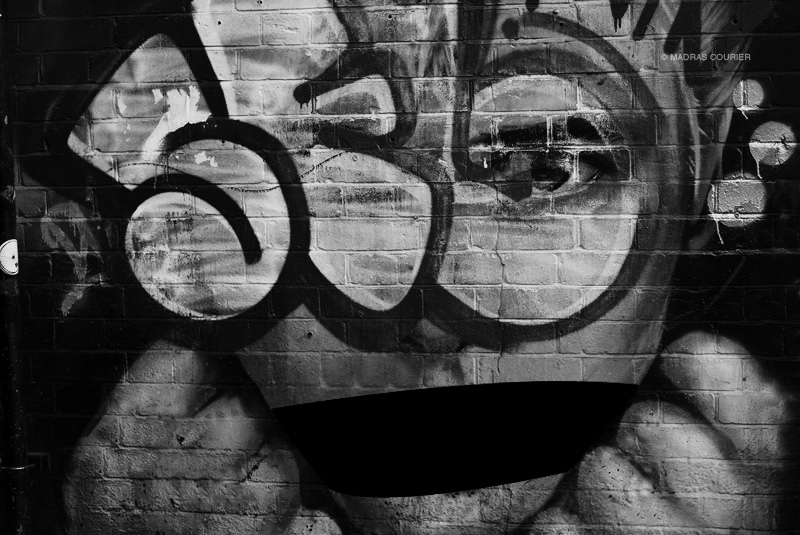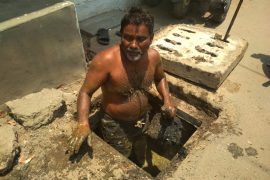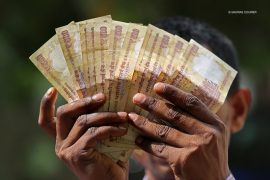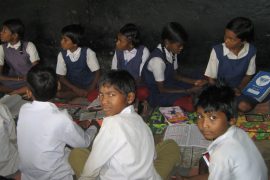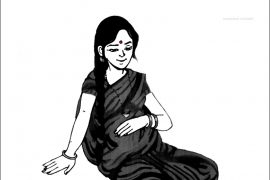On June 1, 2015, Jagendra Singh lay on a stretcher in tremendous pain. It’s said that death by burning is among the worst ways to die. The lucky ones die of shock soon after the initial burns. Those that live on, suffer excruciating pain until they perish. In this state, the local journalist from Shahjahanpur in Uttar Pradesh managed to ask the final question of his reporting career:
…why did they have to set me on fire?…They could have beaten me instead of pouring petrol and burning me.
He died later that day. The video of his dying words spread on the internet, where he named the person he held accountable for dousing him in kerosene and setting him alight – the state’s minister for Dairy Development, Ram Murti Singh Verma.
Singh alleged that Verma’s goons broke into his house in the afternoon, in the company of police officers ostensibly there to arrest him on defamation charges. For months, Singh had reported on graft scams by the named minister – and had repeatedly received threats for doing so.
Despite his story and video circulating numerous news outlets, a month from Singh’s death, the police report still recorded the cause of death as a suicide. That year, India was declared the most lethal place in Asia to be a journalist.
Copyright©Madras Courier, All Rights Reserved. You may share using our article tools. Please don't cut articles from madrascourier.com and redistribute by email, post to the web, mobile phone or social media.Please send in your feed back and comments to editor@madrascourier.com

